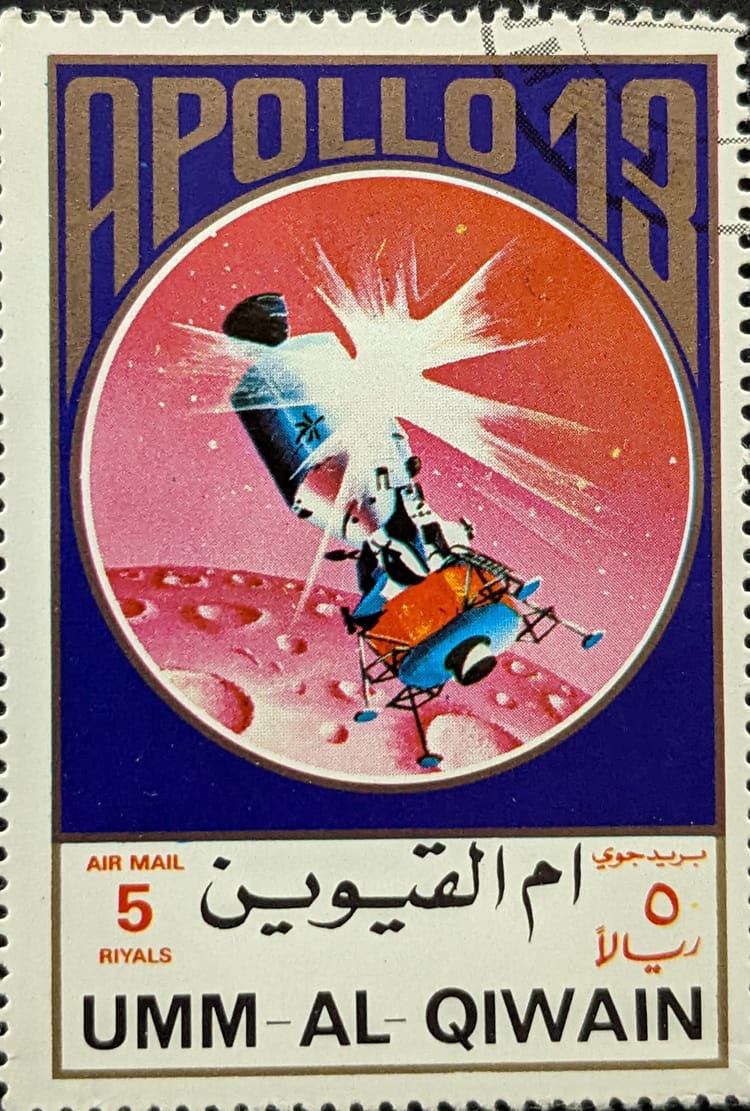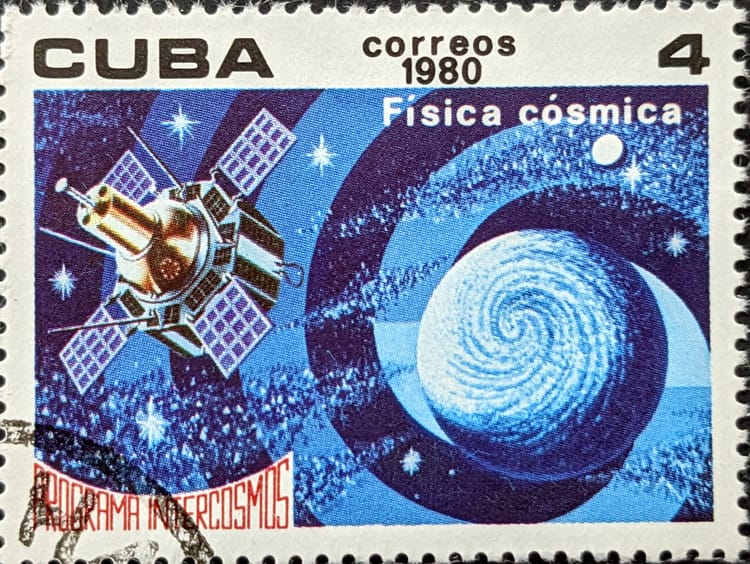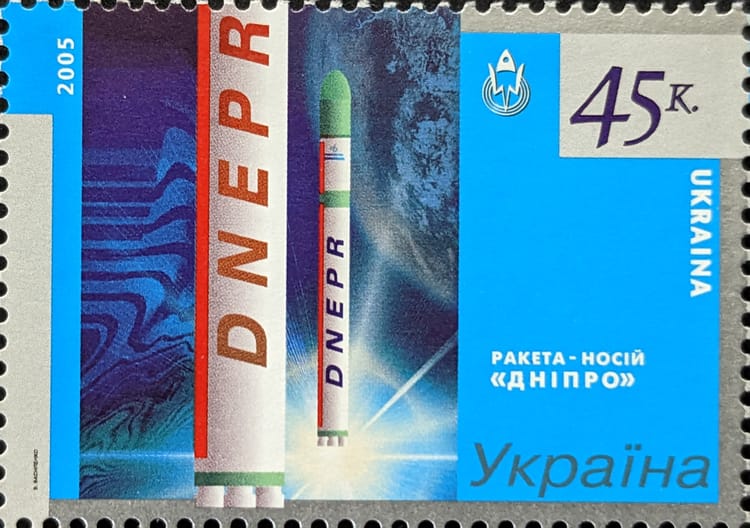Human Spaceflight, Its Future under NASA, and the Moon
I’m sure most readers have already heard/read something similar to the following: for the first time in nearly a decade, American astronauts will launch from U.S. soil. Two astronauts will be launched from Launch Complex 39A in Florida at 1632 EDT on May 27. They will ride on inside a SpaceX Crew Dragon capsule on top of a Falcon 9 rocket and will rendezvous with the International Space Station (ISS).
NASA’s Friday announcement was not surprising as it follows weeks of rumors that Spacex would be launching a crew to the ISS in May. The NASA announcement is just a confirmation of those rumors. If the launch occurs as scheduled, it will be the result of six and a half years of development and testing and over $3 billion of investment from taxpayers.
The launch will be the first of six roundtrip missions, as SpaceX starts fulfilling its part of the Commercial Crew Transportation Capability (CCtCap--normally referred to as “commercial crew”) contract it signed with NASA. (If you think that’s a long time and a lot of money for building a system for transporting humans into space safely and back, may I introduce you to NASA’s Space Launch System (SLS)?)
Why is it important?
Symbolically, the SpaceX Crew Dragon launch is a good thing for the United States--after almost nine years, the U.S. will finally be able to send people to and from the ISS safely. The U.S. will be one of three nations with that ability (the others being Russia and China). When Boeing finally launches its CST-100 Starliner, the U.S. will have two systems for launching humans into orbit--the only nation in the world with that capability. U.S. science and ingenuity is alive and well.
It will, financially, also be a good thing for the U.S.--at least when NASA uses SpaceX’s human spaceflight system. Astronauts launched in a Crew Dragon are sitting in seats that each costs NASA $55 million. This is 36% less than what it costs NASA to transport its astronauts in a Russian Soyuz capsule to the ISS, which keeps increasing and is currently at $86 million. Somehow Boeing’s Starliner costs more than SpaceX or Soyuz--at $90 million per seat.
Maybe that price includes seat-warmers and beverage service? Still, all those are probably cheaper per seat than when NASA used the space shuttle.
If these U.S. space transportation systems work, then what’s next? Will they only be used for transporting government astronauts to and from the ISS? What is the future use of Crew Dragon and Starliner?
Focusing on commercial crew’s goal (at the top of this NASA page):
NASA's Commercial Crew Program (CCP) was formed to facilitate the development of a U.S. commercial crew space transportation capability with the goal of achieving safe, reliable and cost-effective access to and from the International Space Station and low-Earth orbit.
It’s apparent from this goal that while the program has the word “commercial” in it, the missions Crew Dragon and Starliner will be used for are for civil purposes only (the word “commercial” refers to the bid and relatively “hands-off” process NASA used to get these human transport systems manufactured). They both will provide taxi service from Earth to the ISS (which is in low Earth orbit (LEO)) and back. How often will that happen?
Based on the use of NASA’s space shuttle for ISS missions, maybe not as often as we’d think. If we average the number of trips of the Soyuz and shuttle to the ISS per year (from 1998 through 2011) before the space shuttle’s retirement, they come to around five missions per year. There were some highs nearly doubling that, but on average, not quite five per year. 2001 was the year the space shuttle was used for the most ISS missions, at six. The space shuttle averaged a little over nearly three trips per year, while the Soyuz averaged two. Since then, through 2019, the Soyuz has averaged nearly four ISS trips a year for crew missions.
The commercial crew contract requires Boeing and SpaceX to launch their crew systems six times each. If everything goes well, would NASA schedule six ISS missions in one year? Would Russia continue launching nearly four ISS missions a year? Will NASA extend these contracts past 2025, the year when NASA wants to end ISS funding? After all, the agency spent a bit to make homegrown American human space launch capability great again. What happens to the ISS taxi service once the ISS is no longer under civil management?
Or maybe this is all that all they’ll do? In the same Crew Dragon launch date announcement NASA provides the following raison d’etre for SpaceX’s space transportation system:
Crew Dragon will enable NASA to continue the important research and technology investigations taking place onboard the station, which benefits people on Earth and lays the groundwork for future exploration of the Moon and Mars starting with the agency’s Artemis program, which will land the first woman and the next man on the lunar surface in 2024.
This almost makes it sound like the combined $8 billion NASA spent for commercial crew is really just another piece of the SLS system.
Relevance through other options?
Thankfully, neither Crew Dragon or Starliner require SLS to be operational. But it does appear, and this is really not a surprise, that those two crew transportation systems will only be used by NASA for ISS missions. That seems terribly short-sighted for a space agency that’s supposed to be working on America’s future in space. By the time Boeing gets Starliner launched, SLS will still not be completed. It may never be completed. But NASA will have access to two functional human transportation systems. If NASA never uses them for anything else, at least it’s given Boeing and SpaceX another option:
Through this program, NASA also is spurring economic growth as potential new space markets are created. The costs of developing human-capable spacecraft will be shared because the spacecraft companies can sell flights to customers other than NASA.
That’s right--they can sell flights to other customers. SpaceX is already offering flights to other customers. These flights aren’t very accessible to the commoner, however, as they will probably cost $50-60 million per seat. There are people who can afford that price. But it might be reasonable to believe that SpaceX offers flights to astronaut candidates from other nations--those interested in space without the means to create a large space launch infrastructure. And, at risk of having people use the word “SpaceX subsidy,” there’s always the U.S. military.
Remember the plans for the “Manned Orbiting Lab (MOL)?” While there has been no public U.S. Space Force interest in using Crew Dragon to conduct military exercises with troops in space, maybe it makes sense for the service to get its people more involved in space. Strike while there’s interest in funding the Space Force. Instead of relying on a doctrine that involves satellite and launch operations (primarily to support terrestrial operations), perhaps the SF’s people should be getting acquainted with working in space. The cost of a Crew Dragon ride and five days in space is much cheaper than most Department of Defense satellite programs.
Such a suggestion sounds silly, but with the U.S. President affirming lunar property rights, NASA and others talking about plans for working on the Moon, and China mentioning plans for a military base on the Moon, things may get a little too political up there. The SF has already expressed interest in monitoring what’s going on around the Moon, but with mining, military and scientific endeavors going on, the SF may have to become involved with activities on the Moon.
While a ride on a SpaceX or Boeing capsule is “cheaper” than it was for astronauts riding on the Space Shuttle, it is also quite apparent that very few people have the means to take advantage of the lowered pricing. The primary customers who can afford such costs for transporting humans to space are large civil space agencies like NASA, nations, and the military. In other words, the primary customer segment for a commercial crew-based capsule mission will be the government.
Commercial customers, those billionaires wishing for a five to ten-day space ride, and maybe a very few companies wanting to conduct research in a confined microgravity environment, exist, but they will not be the primary buyers of this service. Its existence will rely on government missions. However, NASA seems to have made a decision about how it will use its commercial crew transport, and that decision seems to downplay what these new transportation systems bring to the table. It’s not even clear how the space administration will use or even fund Crew Dragon and Starliner once the ISS is no longer funded.




Comments ()